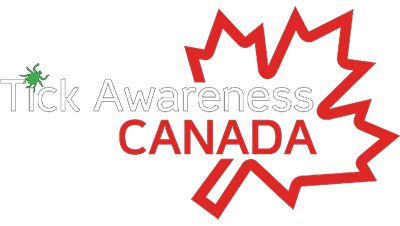Babesiosis (Babesia)
Posted on 10 April 2023.
Asymptomatic infection may persist for months to years and remain subclinical throughout its course in otherwise healthy people, especially those < 40 yr.
When symptomatic, the illness usually starts after a 1- to 2-wk incubation period with malaise, fatigue, chills, fever, headache, myalgia, and arthralgia, which may last for weeks. Hepatosplenomegaly with jaundice, mild to moderately severe hemolytic anemia, mild neutropenia, and thrombocytopenia may occur.
Babesiosis is sometimes fatal, particularly in the elderly, asplenic patients, and patients with AIDS. In such patients, babesiosis may resemble falciparum malaria, with high fever, hemolytic anemia, hemoglobinuria, jaundice, and renal failure. Splenectomy may cause previously acquired asymptomatic parasitemia to become symptomatic.
Babesiosis in Pregnancy: An Imitator of HELLP Syndrome
HELLP syndrome (hemolysis, elevated liver enzymes, and low platelets)
Transplacental and congenital babesiosis has been documented in the literature. Cases of congenital babesiosis were detected 19 to 41 days after birth and were characterized by asymptomatic maternal infection, maternal fever, neonatal hemolytic anemia, and thrombocytopenia. Infants responded to antibiotic therapy and all infants required blood transfusion.
first case of Babesia micoti
https://www.hindawi.com/journals/cjidmm/2014/209521/abs
Increased risk of tick-borne diseases with climate change
As temperatures increase in Canada, the environment becomes more suitable for ticks and the season suitable for tick activity lengthens, so tick-borne diseases are likely to become more common in Canada. In addition to Lyme disease, four other tick-borne diseases (TBDs) have started to emerge and are likely to increase: Anaplasmosis; Babesiosis; Powassan virus; and Borrelia miyamotoi disease.
Establishment of a continuous in vitro culture of Babesia duncani in human erythrocytes reveals unusually high tolerance to recommended therapies
These data suggest that current practices are of limited effect in treating the disease.
http://www.jbc.org/content/293/52/19974
Evidence for vesicle-mediated antigen export by the human pathogen Babesia microti
Here, we show that after invasion of erythrocytes, B. microti undergoes a major morphogenic change during which it produces an interlacement of vesicles
https://www.life-science-alliance.org/content/2/3/e201900382
How an emerging tick-borne pathogen evades detection
Yale researchers explored how B. microti exports its antigens—foreign substances or toxins that trigger an immune response—to the host.


